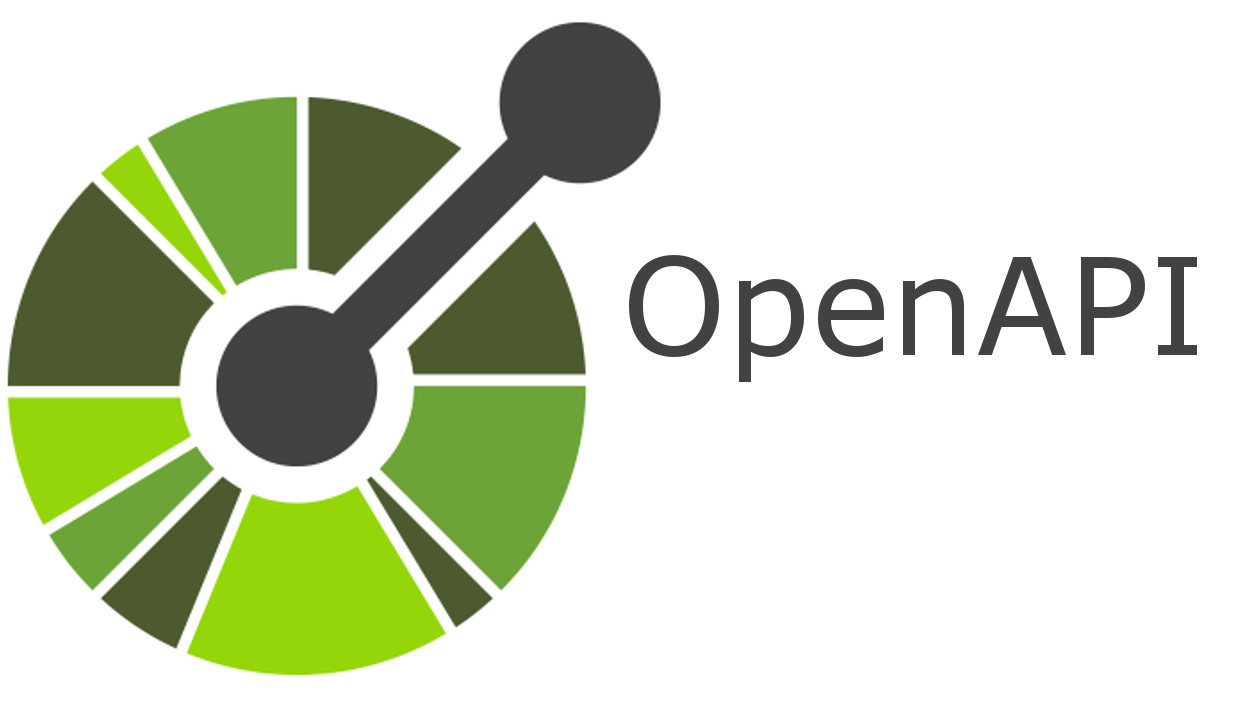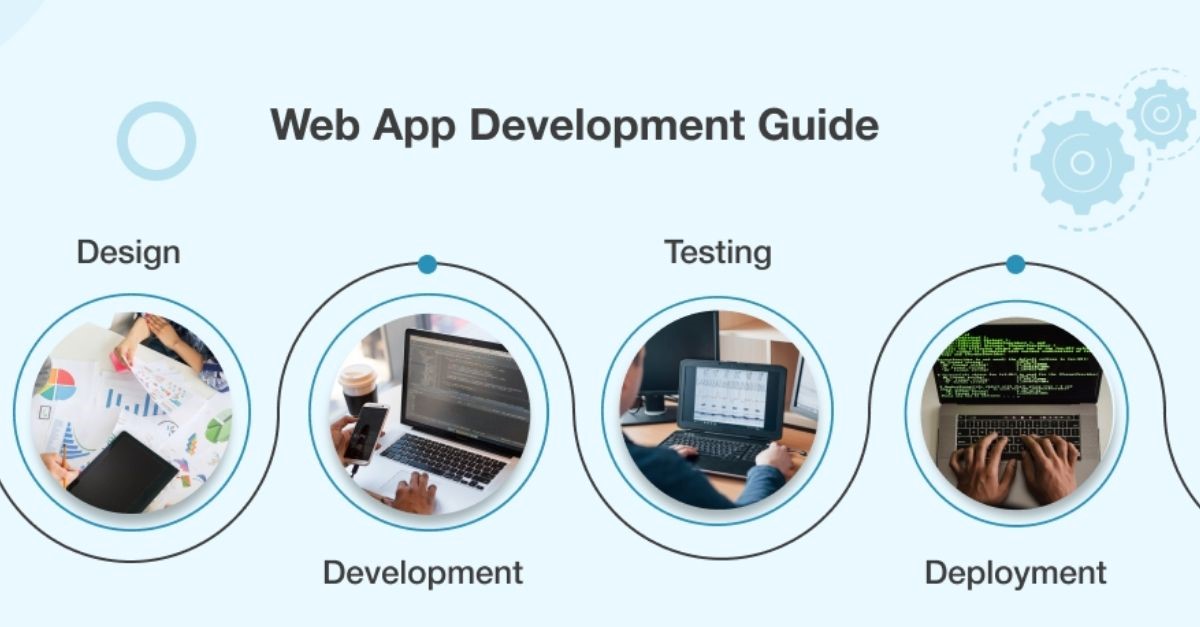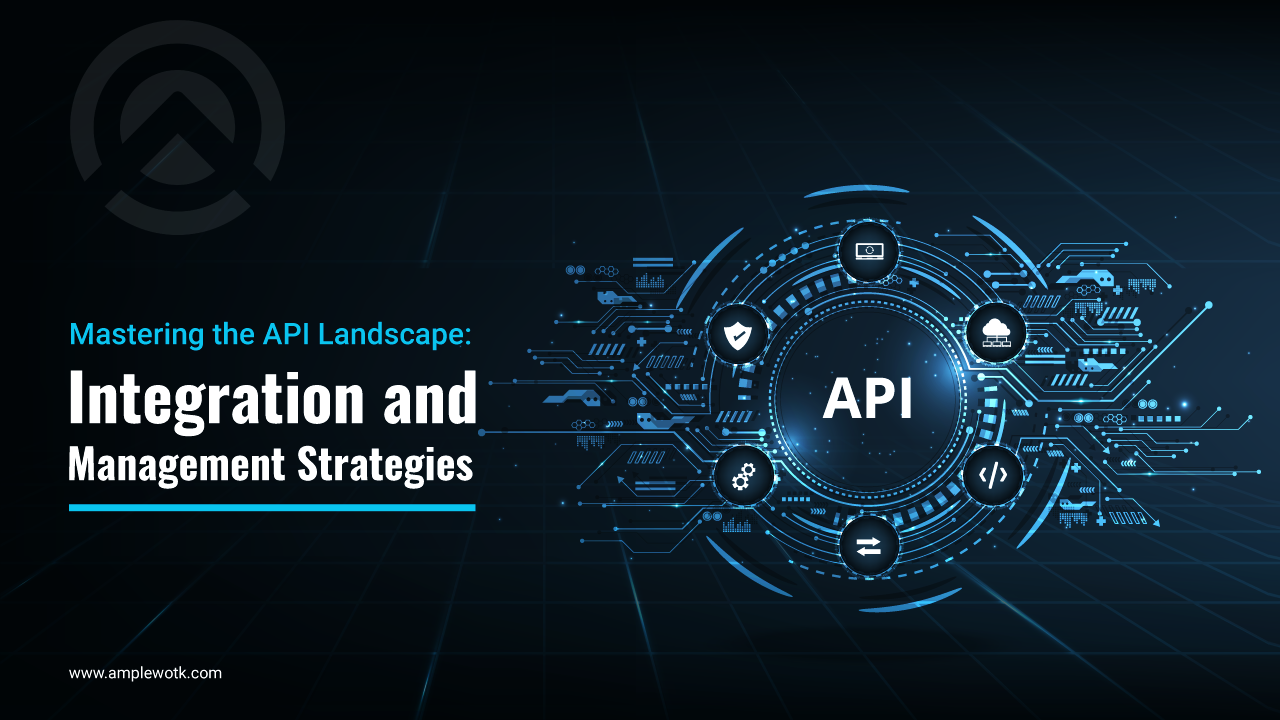Application Programming Interfaces (APIs) have become effective instruments that allow seamless integration of software channels, systems, and applications. Due to their capacity to promote creativity, teamwork, and interoperability, Open API in particular have grown significantly in popularity. But below their alluring exterior, there are a number of serious drawbacks that demand cautious thought. In this essay, we explore the negative aspects of open APIs and highlight the potential dangers of using them.
What Is an Open API?
Application programming interface, or API, is a technical term that refers to a crucial component of software development. It is also frequently known as a public API or open-source technology, but these terms apply to distinct things. The interface part of an API is a system that enables two or more software programs to communicate with one another and interact with no issues. You could think of it as a type of intermediate that facilitates information sharing between software programs.
Advantages of open API:
In today’s digital environment, open APIs (Application Programming Interfaces) have emerged as a key driver of innovation and collaboration. Businesses and organizations can have access to a wide range of benefits that can revolutionize their operations and open up new prospects for growth by opening up the capabilities and data of software systems to outside developers.
Here are some eye-catching advantages of open APIs in detail:
Continuous Integration:
Open APIs allow for the continuous integration of various software systems, making it simple for organizations to connect and share data. By utilizing the advantages of various systems and services, interoperability avoids data silos and helps organizations to optimize their operations.
Enhanced User Experience:
By incorporating third-party services, programs, or features into their own offerings, organizations can improve the user experience by using open APIs. Open APIs allow businesses to give a smooth and rich user experience. Encouraging client loyalty and fulfillment by increasing functionality and offering a more complete solution.
Accelerated Development:
By offering pre-built features and access to existing resources, open APIs greatly speed up the development process. By using these pre-made components, developers may speed up the development process, cut down on time spent on repetitive tasks, and concentrate on creating cutting-edge features.
Increased Exposure and Reach:
Businesses can expand their reach beyond their core offerings by providing open APIs. These APIs can be incorporated by programmers and other partners into their own applications, expanding the platform’s reach to more audiences and potential clients. enhanced brand awareness, market penetration, and possible revenue streams result from this enhanced reach.
Customization and Personalization:
Open APIs give consumers the ability to modify and tailor their experiences to suit their unique requirements and tastes. Organizations can enable consumers to customize apps, services, or interfaces by making APIs available, which results in a more engaging and personalized user experience.
Disadvantages Of Open API
Security Vulnerabilities:
Security vulnerabilities are one of the main issues with open APIs. When an API is made publicly accessible, bad actors looking to take advantage of flaws in the system may decide to target it. Hackers may try to breach the API to get unauthorized access to private information, conduct denial-of-service attacks, or infect the network with malware. It is crucial to provide strong security controls, including confirmation, encryption, and rate limitation, in order to safeguard both the API provider and the users.
Lack of Quality Control:
Developers with varied levels of experience and adherence to coding standards generally produce open APIs, which lack quality control. As a result, there may be variations in the consistency and quality of these APIs. Dependent programs’ functionality may be hampered by APIs with inadequate documentation, poor maintenance, or frequent modifications. Furthermore, API providers may decide to deprecate or stop offering their services abruptly, leaving users and developers scurrying to find substitutes and potentially seriously disrupting their workflows.
Reliance on Third-Party Services:
Using open APIs places you in a position of dependence on third-party services. Developers must trust the reliability, availability, and performance of these APIs. Applications that rely on an API may have service disruptions or even stop working if it goes through significant changes, goes offline, or ceases to exist. This may result in decreased production, harm to the company’s reputation, and higher costs for locating and implementing substitute solutions.
Conclusion
The public availability of APIs has given users a wider range of options for their products. Now that businesses have the tools to design and create with users in mind, it makes sense why the open API is such a popular trend among developers. The open API allows developers to take the lead on product creation, allowing them to determine what features are needed and which ones are not useful to their consumers’ needs.




